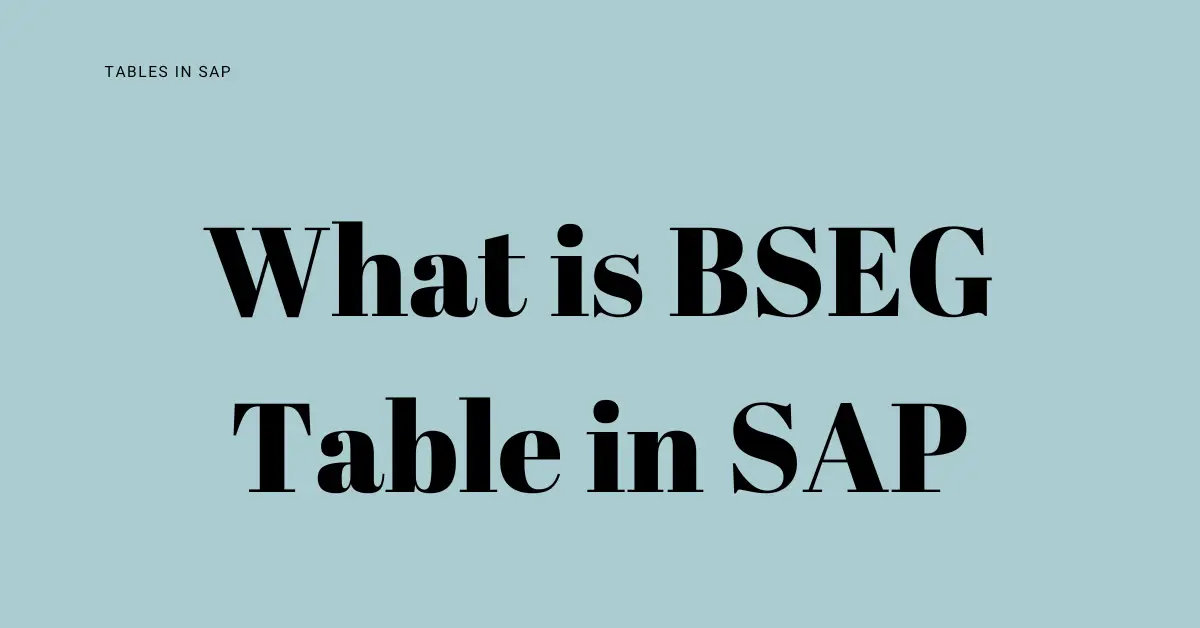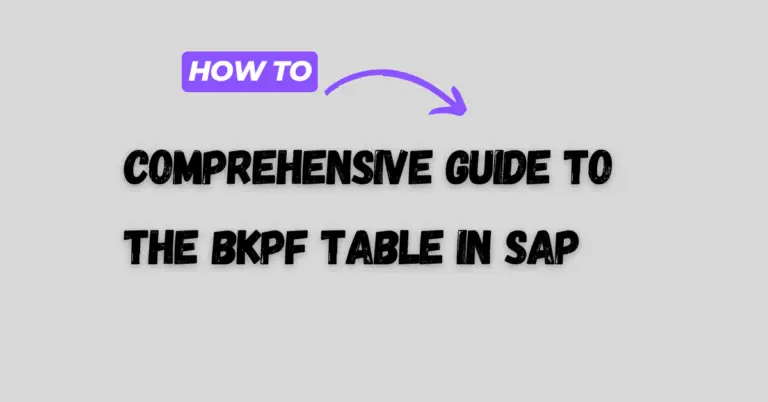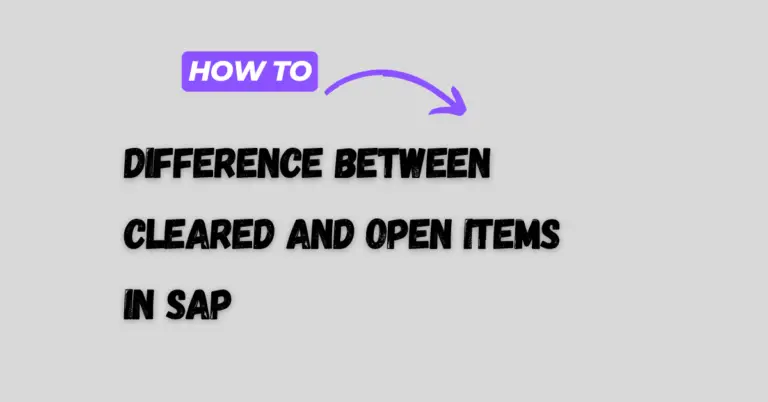What is BSEG Table in SAP?
The BSEG table, or the Accounting Document Segment in SAP, is crucial for recording the line items for accounting documents. It serves as a repository for detailed transaction data which is essential for financial accounting and reporting. The BSEG table is linked with other tables such as BKPF which holds the document header data, making the combination of these two tables fundamental in the SAP Financial Accounting module.
Structure and Fields of the BSEG Table
The BSEG table contains numerous fields that store specific financial transaction details. Key fields include:
- BELNR: Accounting Document Number
- BUKRS: Company Code
- GJAHR: Fiscal Year
- BUZEI: Line Item
These fields are crucial for identifying and processing financial data within SAP, allowing for a detailed tracking of every transaction that impacts the financial statements.
BSEG vs. ACDOCA: Understanding the Differences
While BSEG is used for storing detailed line item data, ACDOCA (the Universal Journal) table in SAP S/4HANA serves a broader purpose by integrating data from Finance as well as Controlling. It simplifies the architecture by reducing redundancy and enhancing data retrieval efficiency. However, BSEG is still relevant for specific detailed reporting and compliance needs.
Querying the BSEG Table Using SQL
For users interested in querying the BSEG table, SQL provides a robust way to access and analyze data. Here’s a basic example of how to retrieve data from the BSEG table:
SELECT BELNR, GJAHR, BUKRS, WRBTR
FROM BSEG
WHERE BUKRS = '1000' AND GJAHR = '2023';
This SQL query fetches document numbers, fiscal years, company codes, and the amount in document currency for company code ‘1000’ for the year 2023.
Learn more about Sales order tables in SAP
Practical Use of BSEG in Transaction Processing
The data stored in BSEG is essential for generating financial statements and conducting audits. It provides granular details like the amount, tax code, and payment terms which are vital for accurate financial reporting and analysis.
Integration with Other SAP Tables
Understanding the integration of the BSEG table with other SAP tables is crucial. For instance, BKPF (document header), KNA1 (customer master), and LFA1 (vendor master) tables are closely linked. These relationships ensure that financial data flows seamlessly across different modules of SAP, providing a comprehensive view of organizational finances.
Advanced Topics: BSEG in SAP S/4HANA
With the advent of SAP S/4HANA, the handling of financial data has evolved. The BSEG table is still used, but its role is complemented by ACDOCA. For users migrating to S/4HANA, understanding these changes is crucial for leveraging the enhanced capabilities of the HANA database, like real-time analytics and streamlined data models.
Conclusion
The BSEG table in SAP is a cornerstone for anyone working with SAP Financial Accounting. It not only stores critical transactional data but also plays a key role in the overall financial management and statutory reporting for a business. Whether you’re a seasoned SAP professional or new to the platform, understanding the BSEG table and how to query it effectively can significantly enhance your financial operations and data handling capabilities.
Also learn about BSEG vs. ACDOCA






2 Comments
Comments are closed.